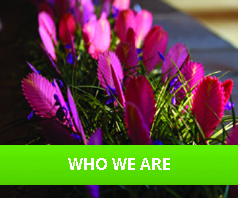It is estimated that our bodies carry 100 synthetic chemicals more than those of our grandparents. (Source: Environmental Supplement, The Guardian January 2000)
For years we’ve been harping on about toxins in the air and of course how plants can clean the air of them. We’ve reported that the Environment Protection Agency have declared that indoor air can be ten time dirtier than outdoor air and that the World Health Organisation has reported deaths from indoor air pollution reach 1.6 million per year globally.
National Geographic have recently highlighted an article called ‘Toxic People’ in which a journalist undertook a series of tests to see how many and which chemicals his body held. The findings were scary. One toxin mentioned which the journalist had absorbed and had relatively high levels of were PBDEs – these come mainly from fire-retardent chemicals with which most indoor furnishings are treated.
Few people are tested this way because the cost is prohibitive – a mere $15,000 back in 2006! Some of the chemicals were known to be toxic for animals but no testing had been done on humans!
What this report did show that some of the toxins are emitted into the air – others hit the food chain through a variety of means. We know that those toxins that are found in the air can be reduced to safe levels by plants making us less vulnerable to the dirty air cocktail!
Wolverton in the USA did the early studies (1990s and Wood and Burchett later and recent studies in Australia. Others have touched on or used their research as part of their programmes.
We know that plants do this naturally by absorbing the toxins through their leaves and growing substance taking the toxins down into their root zones. It is here that micro-organisms that are already living in the compost/hydroculture turn the toxins into food for the plant.
N B Airborne water-vapour enhances our absorption of these VOCs into our bodies through breathing.The cocktail of chemicals emitted by products inside our buildings put us at greatest risk and are slowly released into the indoor air for the lifetime of the building.Their release is accelerated by wear and tear, cutting or drilling, and stresses caused by temperature variation. Source: Rough Guide to Sustainability by Brian Edwards with Paul Hyatt
Everything in nature has a purpose!










